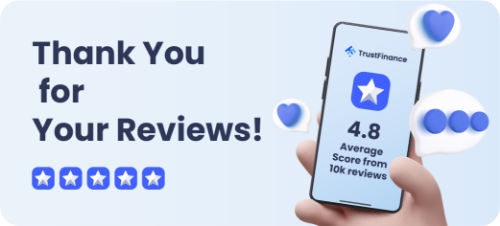
industryKey.undefined 结果
信息、概览、主要服务、员工范围、许可证以及总部都集中在一个易于访问的地方,显示多个财务类别的可靠信息。
0 公司已排序:
所有国家
所有国家
行业
过滤器
评论数量
时间段
公司状态
星级评分
已排序:
未找到结果。
Software Trading Platform:
A trading platform is an essential tool for traders who want to access financial markets and execute trades. A software trading platform refers to a computer software program that is designed for this purpose. These platforms are equipped with advanced trading tools, charts, and indicators that enable traders to analyze the markets and make informed trading decisions. The platforms also provide real-time data, news, and market analysis, making them an invaluable resource for traders looking to stay on top of market developments. The software trading platform is an integral part of the technology category and plays a crucial role in the success of a broker or financial institution.
FAQs:
-
What are the benefits of using a software trading platform?
Using a trading platform can provide access to a wider range of financial instruments, advanced trading tools, and real-time data analysis to help make more informed trading decisions.
-
What should traders look for when choosing a trading platform?
Traders should consider the platform's user interface, security features, range of financial instruments, fees, and customer support.
-
Can trading platforms be customized?
Many trading platforms offer customization options, allowing traders to tailor the platform to their individual preferences and needs.
-
What types of financial instruments can be traded on a software trading platform?
Trading platforms can offer a range of financial instruments, including stocks, bonds, commodities, forex, and options.
-
How do software trading platforms ensure security?
Trading platforms typically use encryption and secure authentication methods to protect user data and transactions. They may also have measures in place to prevent unauthorized access and monitor for suspicious activity.
-
Do software trading platforms offer mobile versions?
Many trading platforms offer mobile versions or apps that allow traders to access the platform and execute trades on-the-go using their mobile devices.
Tips and advice:
-
Choose a trading platform that is easy to use and navigate, and offers the features and tools that are most important to your trading strategy.
-
Look for a trading platform that offers robust security measures, such as two-factor authentication and encryption, to protect your account and data.
-
Consider using a demo account to test out different trading platforms and find the one that works best for you.
-
Stay informed about updates and new features: Keep an eye out for any updates or new features released by your trading platform provider, as these may provide valuable new tools and functionality to help improve your trading strategy.
-
Practice risk management: While a trading platform can offer valuable tools and data analysis, it's important to always practice risk management and use caution when executing trades. This includes setting stop-loss orders and limiting the amount of capital you risk on each trade.
-
Take advantage of educational resources: Many trading platforms offer educational resources, such as webinars and tutorials, to help traders improve their skills and knowledge. Take advantage of these resources to stay informed and make more informed trading decisions.
Tips on managing and optimizing the broker's software:
Stay updated: Keep the trading platform up-to-date with the latest software updates and features to ensure it is running efficiently and securely.
Monitor Performance: Regularly monitor the performance of the trading platform and address any issues promptly to ensure smooth operations.
Customize Platform: Customize the trading platform to meet the specific needs of the brokers and traders. This may include adding new features, tools, and functionalities.
Data Management: Implement effective data management strategies to ensure the accuracy and integrity of data used by the trading platform.
User Training: Train the users (brokers and traders) on how to use the platform efficiently and effectively. This will help them take full advantage of the platform's features and tools.
Regular Backups: Ensure that regular backups of data are taken to protect against data loss or corruption.
Collaborate with Developers: Collaborate with developers to identify areas of improvement and optimize the performance of the trading platform.
Information on any updates or new features :
-
Improved mobile trading capabilities, allowing traders to access their accounts and execute trades on the go using their smartphones or tablets.
-
Integration with third-party trading tools and services, such as charting and technical analysis software, to enhance the platform's capabilities and provide traders with more options.
-
Advanced order types, such as stop-loss and take-profit orders, to help traders manage risk and maximize profits
TrustFinance 使用Cookie进行分析以改善您的使用体验。详情请参阅Cookie政策
